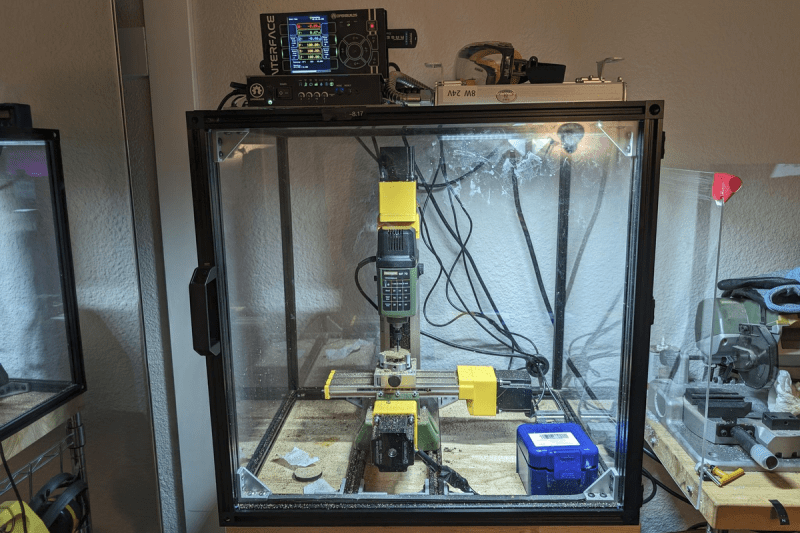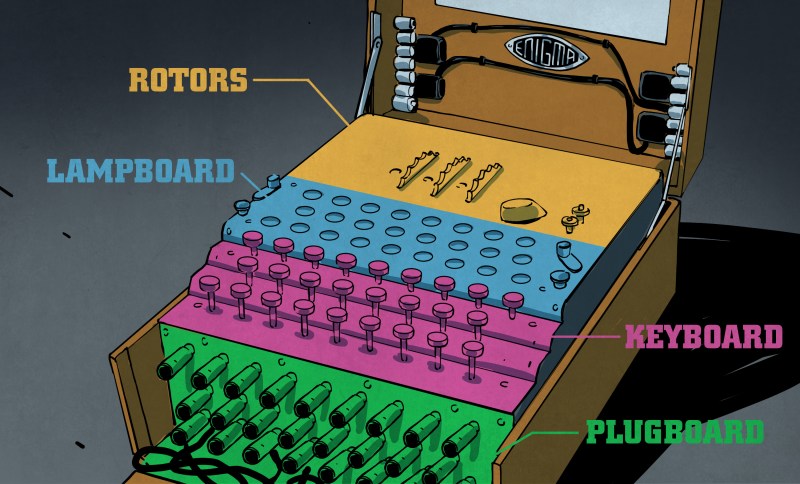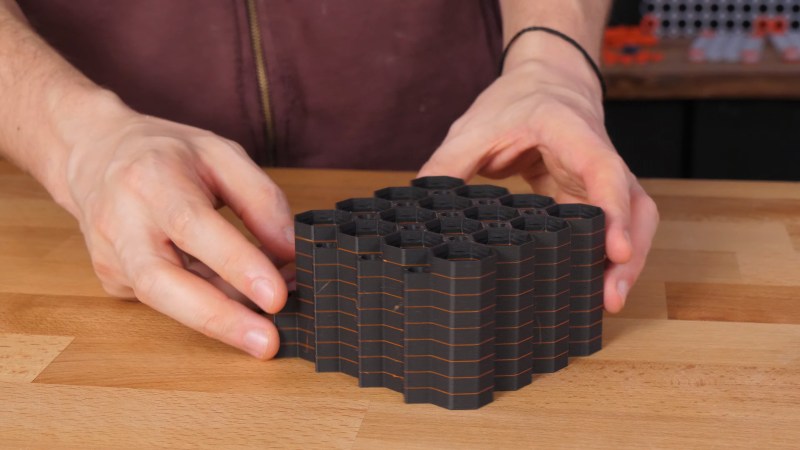Proxxon CNC Conversion Makes a Small Mill a Bit Bigger

The Proxxon MF70 mini-mill is a cheap and cheerful, but decently made little desktop mill. As such, it’s been the target of innumerable CNC-ification projects, including an official kit from the manufacturer. But that didn’t stop [Dheera Venkatraman] from sharing his Big Yellow take on this venerable pursuit with us!
This isn’t simply a CNC modification, it’s a wholly 3D-printed CNC modification, which means that you don’t already need a mill to make the usual aluminum pieces to upgrade your mill. And perhaps the standout feature: [Dheera]’s mod basically doubles the Y-axis travel and adds an extra 15 mm of headroom to the Z. If you wanted to stop here, you would have a bigger small manual mill, but as long as you’re at it, you should probably bolt on the steppers and go CNC. It’s your call, because both models are included.
[Dheera] also built a nice enclosure for the MF70, which makes sense because it’s small enough that it could fit on your desktop, and you don’t want it flinging brass chips all over your bench. But as long as it’s on your desk, why not consider a soundproof enclosure for the MF70? Or take the next step, make a nice wooden box, mount a monitor in it, and take the MF70 entirely portable, like this gonzo hack from way back in 2012.













